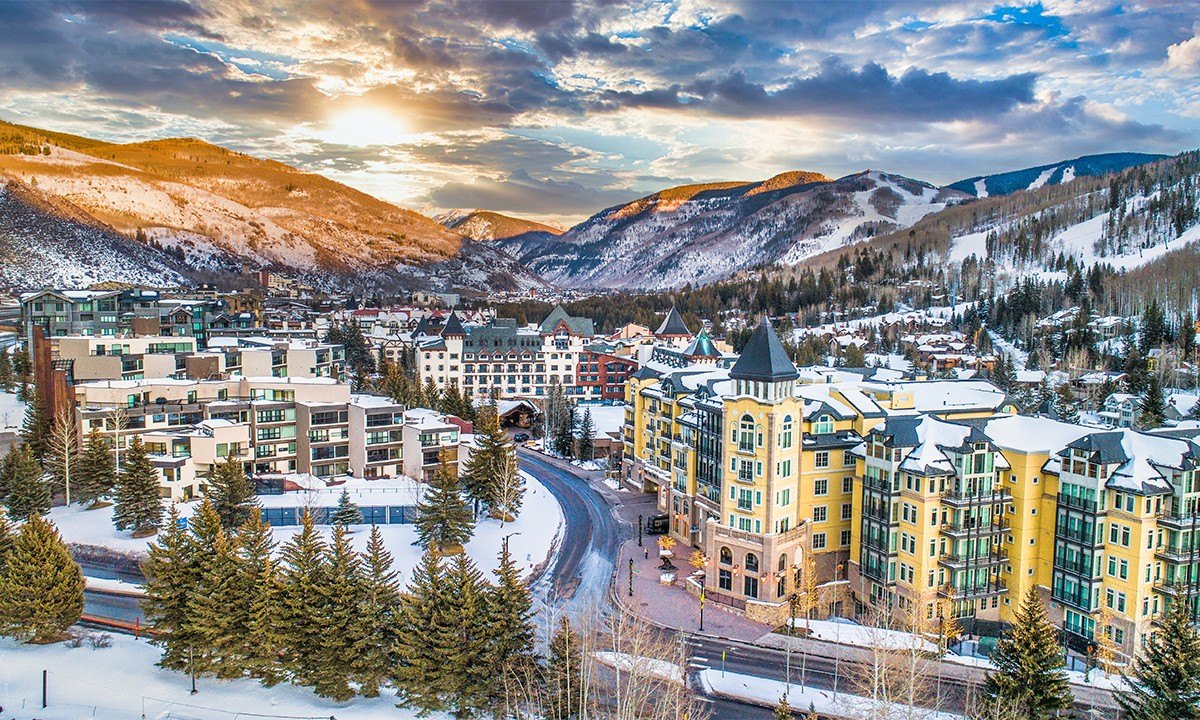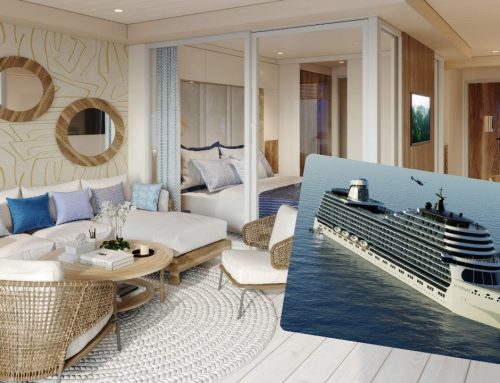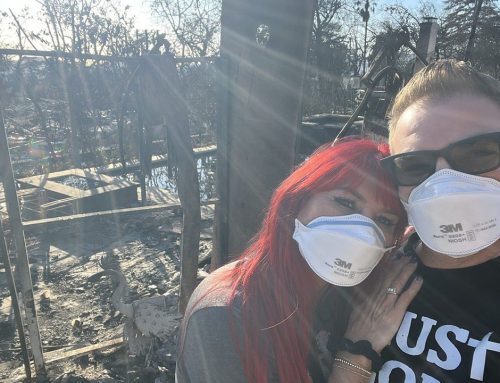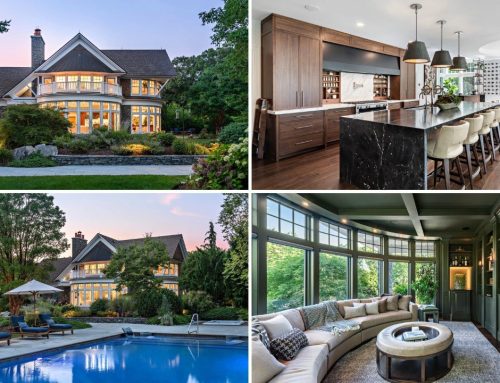
Getty Images
U.S. ski towns continued to attract home buyers in 2024, standing out as prime markets for real estate investments, according to a report Wednesday from Engel & Völkers.
Ski property prices were more stable than average last year, with values increasing in the most desired locations, the report said. In Vail, Colorado, home prices averaged 5% annual growth, with some of the most expensive listing prices reaching $8,800 per square foot.
Other U.S. ski resort towns attracting high-end buyers include Park City, Utah; Mount Baker in Washington; Mount Bachelor in Oregon; Sun Valley, Idaho; Whiteface Ski Mountain in New York; and Sugarloaf in Maine.
“Many ski resorts here are either privately owned or on land leased from the U.S. Forest Service, significantly restricting new construction. This keeps supply limited in prime locations, ensuring stable property values,” said Paul Benson, license partner of Engel & Völkers Park City. “In 2025, however, buyers are set to prioritize more than just direct proximity to the slopes—they will focus on a property’s potential.”
Today’s ski-home buyers aren’t solely seeking accommodations for their winter ski trips, they also want a home that they can use year-round, Benson added in the report. They look to areas with luxury lifestyles that offer other outdoor activities such as hiking, fishing and golf.
The ski home market in the U.S. is mostly made up of buyers in their mid-40s to mid-60s who work in financial and tech industries, making at least $500,000 a year. The market is also nearly entirely domestic—99% of Vail buyers, for example, are from the U.S., and a majority already live in Colorado.
Several factors can explain the strong domestic demand for U.S. ski properties, the report said. With geopolitical uncertainties and other countries enacting stricter regulations on foreign buyers, high-net-worth individuals are finding U.S. ski homes more attractive. They are also, of course, more convenient, and wealthy buyers can expect a certain level of luxury at the top resort areas, such as private clubs and fine dining.
“For many, it’s no longer just about skiing or snowboarding—it’s about the entire lifestyle that begins after the slopes,” Benson said.



